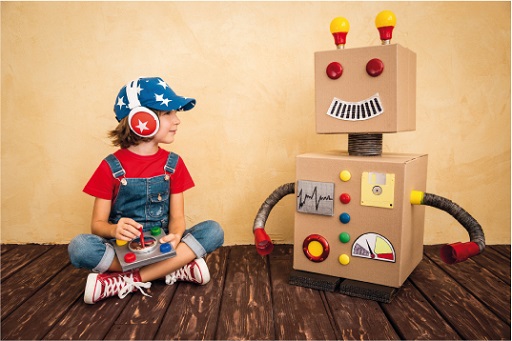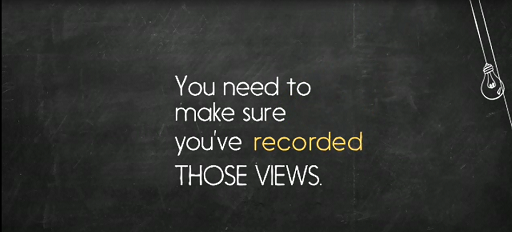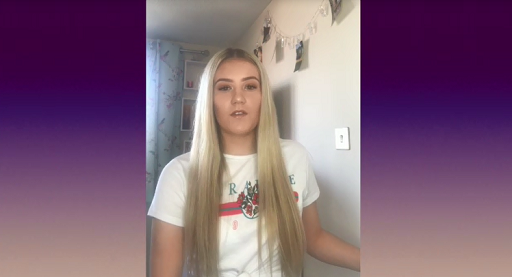5 Supporting young people
Young people are common users of apps and digital technologies for information and entertainment (Beckman, Bennett and Lockyer, 2014). Research indicates that young people value accessibility and immediacy of information as well as the options to have personalised information which may be provided in digital technologies and apps (Gardner and Davis, 2014).

There is a unique power and potential to how digital technology can influence or support young people assuming they have access to it and it is centred around their needs, which is summed up in this quote from a youth adviser working for RErights, a project championing young people’s rights in the digital age:
Life is a blind lottery. You cannot choose the circumstances of your birth: your gender, your ethnicity, your parents’ wealth, or your disability. Yet technology has the immense potential to even the playing field. Technology can transform the way children learn, connect and discover opportunities for their wellbeing and development. In a world of growing inequalities and uncertainties, technology can be a source of empowerment, enabling children to become the authors of their futures and to rise above the cycle of disadvantage.
In the activity below, you will learn about Aye Mind, a project in Scotland designed to use the internet, social media and mobile technologies to support young peoples’ mental health.
Activity 4 The minds of young people in Scotland
Part 1
For the first part of this activity, watch the video and read the information page about this intervention using the link below. Make some notes as you watch on the following:
- describing what this intervention is
- how it could change service users’ experience of their social care.

Transcript: Video 2
Information page about intervention: Mind Of My Own [Tip: hold Ctrl and click a link to open it in a new tab. (Hide tip)]
Part 2
Now watch this video of Callie, who is describing how she experienced care as a result of the intervention. As you watch, check back on your notes to see if they reflect any of the thoughts you had about how the intervention might change service users’ experience of care, and also whether it raises any additional points for you to think about.

Transcript: Video 3
Discussion
Describing the intervention: This intervention is about getting young people with mental health support needs to be able to feel comfortable communicating with care professionals who are assisting them. It also allows young people to document and self-monitor or track their own thoughts and feelings. This intervention comes in the shape of a series of apps called Mind of My Own. One app can be used during one-to-one conversations between the professional and the young person which makes it easier to describe feelings such as through the use of emojis. The app then sends a PDF of what the young person said. A young person can also use the app to structure and understand their thoughts, and they can choose to send it to others if they wish.
Changing care experiences: The app might help young people feel more in control of what they say to social care professionals, as they can make notes and then choose (or not choose) to send this information to social workers. The young people might find it easier to describe their emotions using the emojis as this is a common thing that we often do in text messaging and social media and so this may be a more socially acceptable way to share their feelings.
Reflecting on the video of Callie: This may have been in keeping with some of the thoughts you’d already had, but it was clearer to see how the app can be used to determine or direct the care needed. For example, Callie used this method of communication to say that she was unhappy in a foster care placement and this resulted in her changing placements which she found helpful. You might not have considered how the app could take away the awkwardness of face-to-face encounters with social workers for young people, which Callie describes in her video. Interestingly, Callie thinks the app may not be for every young person, but that every young person should be told about it so they have the option, and it could save lives. Callie also mentioned how her information would come up as a message on the dashboard for her social worker, which might have made you wonder about the effect on the professional. For social workers, they may feel a sense of reduced burden knowing that their young service users have an easily accessible way to reach them. However, they could also feel stressed and worried about being available to be contacted on the app all day, every day.
You may have made other notes and this app offers a lot of room for thought about how technology can be used to change social care experiences for young people.
You have learned about some of the powerful ways that technology can change or enhance social care in helpful ways. However, there are still a number of barriers to these changes and these may come from individuals not wanting to adopt technology or not having access to technology, along with their concerns about digital and technological interventions and tools.
In the next section, you will learn more about the barriers to some of these technological changes to social care.
